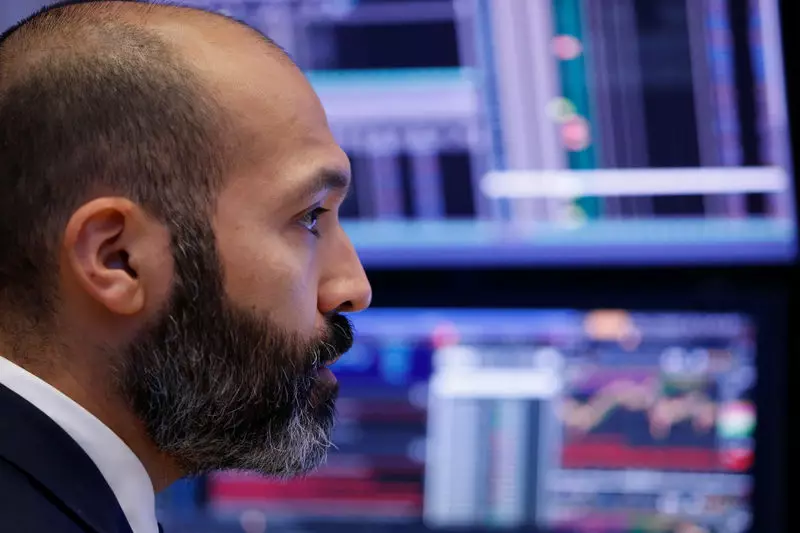As the year approaches its close, attention turns to the U.S. equity markets, which are often characterized by a seasonal rally in the final months. Currently, UBS has indicated that conditions may be ripe for this trend despite lingering uncertainties. The speculation surrounding the upcoming U.S. elections adds a layer of complexity to the market outlook, raising questions about investor sentiment and potential volatility.
Typically, November and December showcase some of the highest returns for the S&P 500, driven by investor optimism and year-end portfolio adjustments. However, as Jason Draho, Head of Asset Allocation at UBS, points out, the nature of the upcoming election remains a pivotal variable in the market equation. The resolution of political uncertainties could bolster market confidence, fostering a more conducive environment for risk-taking among investors.
A closer examination of the U.S. economy reveals promising indicators that could underpin market stability. Recent data suggests that the economy may be poised for a “soft landing” rather than a downturn, as job growth continues to demonstrate resilience even with challenges such as extreme weather and labor disruptions. Notably, consumer spending remains robust, significantly contributing to third-quarter GDP growth.
The positive outlook for economic performance is further reinforced by fiscal policies and the Federal Reserve’s strategic maneuvers. Many market analysts are anticipating potential interest rate cuts to stimulate growth, particularly as market dynamics shift. Currently, there is a strong consensus that a 25 basis point cut in November is highly probable, potentially followed by more reductions in December. Such actions from the Federal Reserve could minimize the adverse effects of economic setbacks and encourage equities to rally.
Global Influences and Investor Behavior
Furthermore, global economic policies play an essential role in shaping market sentiment. Developments outside the U.S., such as anticipated fiscal support from China, could also impact investor confidence. The relationship between U.S. trade policies and global market performance cannot be understated, especially in the context of potential tariff fluctuations depending on the election outcome.
In terms of investor positioning, there appears to be a trend toward risk management ahead of the elections. UBS suggests that many investors have adopted a more cautious stance, ready to re-engage in riskier assets once clarity is achieved regarding political outcomes. Should the election result meet expectations, we may witness a surge in risk-taking, directly affecting the trajectory of equities.
However, while conditions may seem favorable for a year-end rally, underlying risks cannot be ignored. An example is the potential delay in election results, reminiscent of the contentious electoral dispute in 2000, which could stifle market momentum and leave investors in limbo. Additionally, persistent concerns regarding the labor market and inflation could create headwinds for the soft-landing narrative that is currently propelling market hopes.
Further complicating this landscape is the temporary nature of government funding, with a budget deal set to expire in December. If unresolved, the specter of a government shutdown may inject volatility into the market, thereby dampening the investment climate.
In sum, while UBS expresses cautious optimism regarding potential year-end rallies in the U.S. equity markets, the interplay of political uncertainty, economic fundamentals, and global influences will ultimately dictate market trajectories. Investors would do well to remain vigilant and adaptable, as risks linger on the horizon. As we move toward what is expected to be a “risk-clearing event” in the form of the election, the interplay of positive consumer economic indicators, supportive monetary policy, and the resolution of electoral uncertainties will likely shape the concluding months of the year.
The market may be positioned for a broader array of performance outcomes, benefiting from both stability and opportunistic investor behaviors. Ultimately, the landscape is one that calls for astuteness and preparedness as the year turns and market dynamics continue to unfold.

